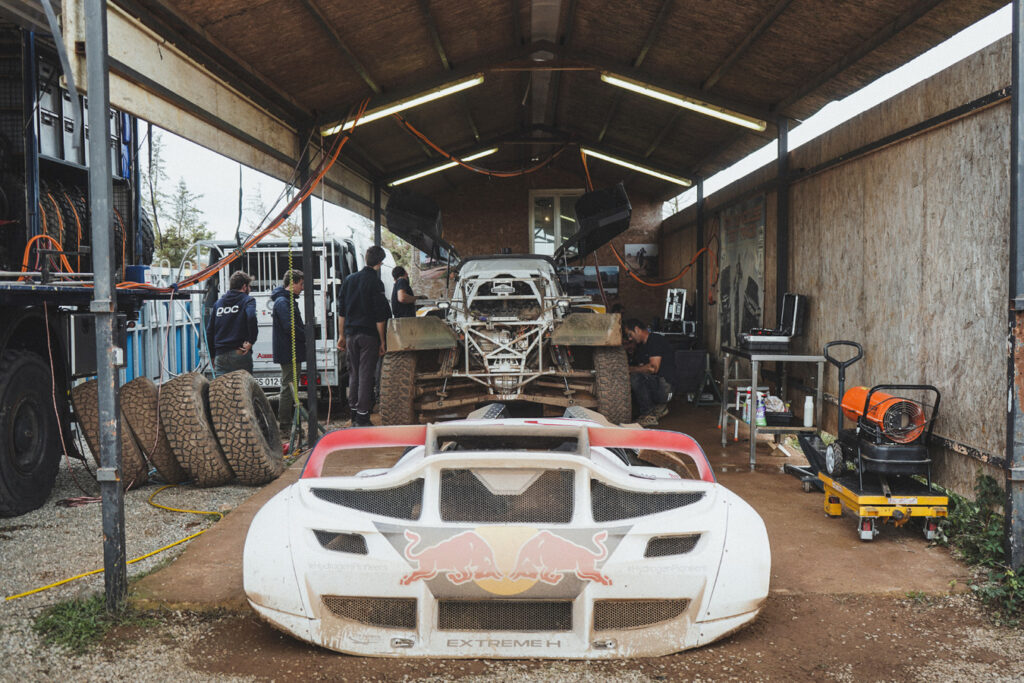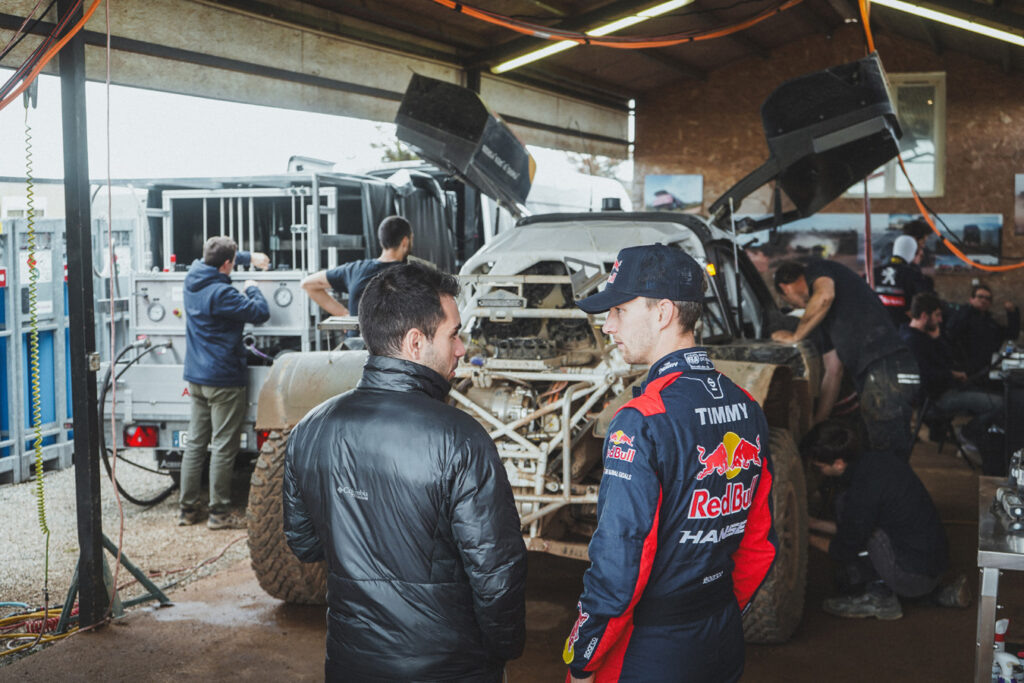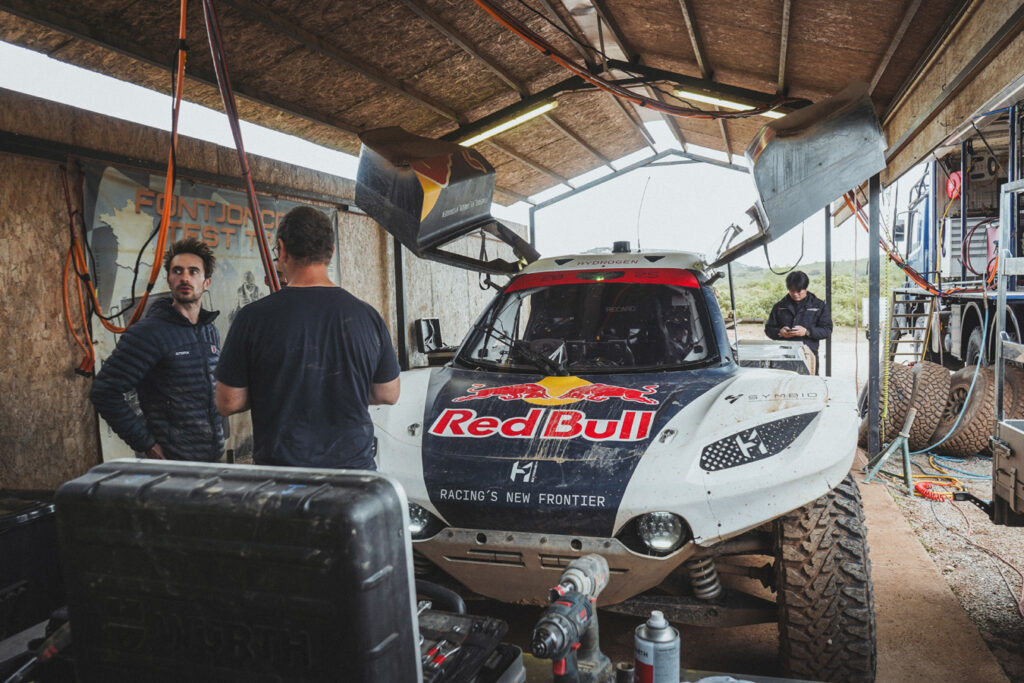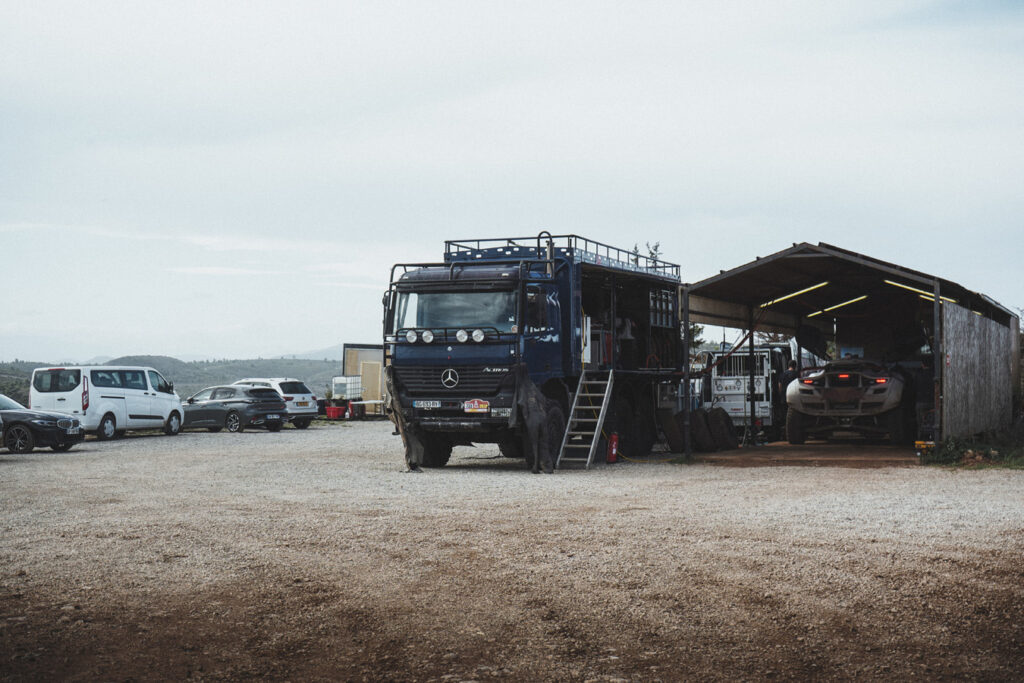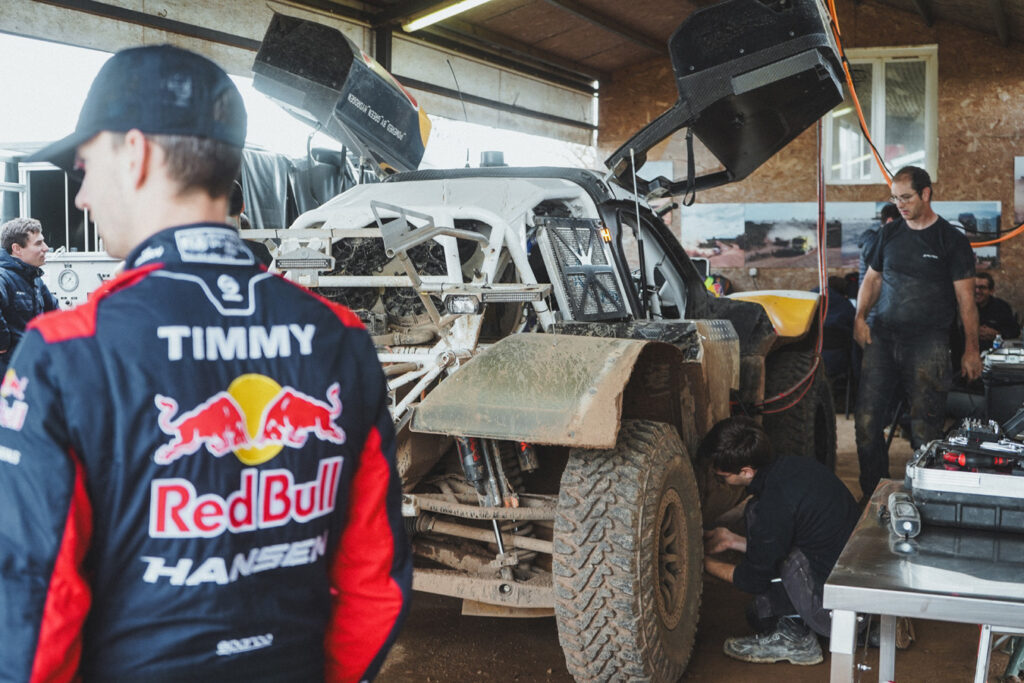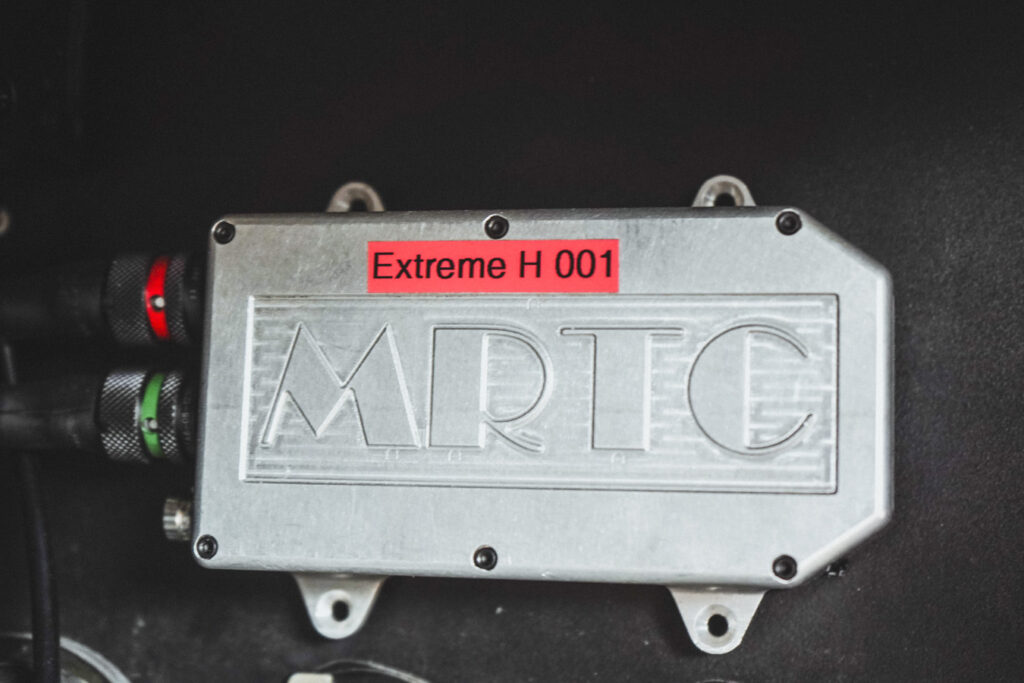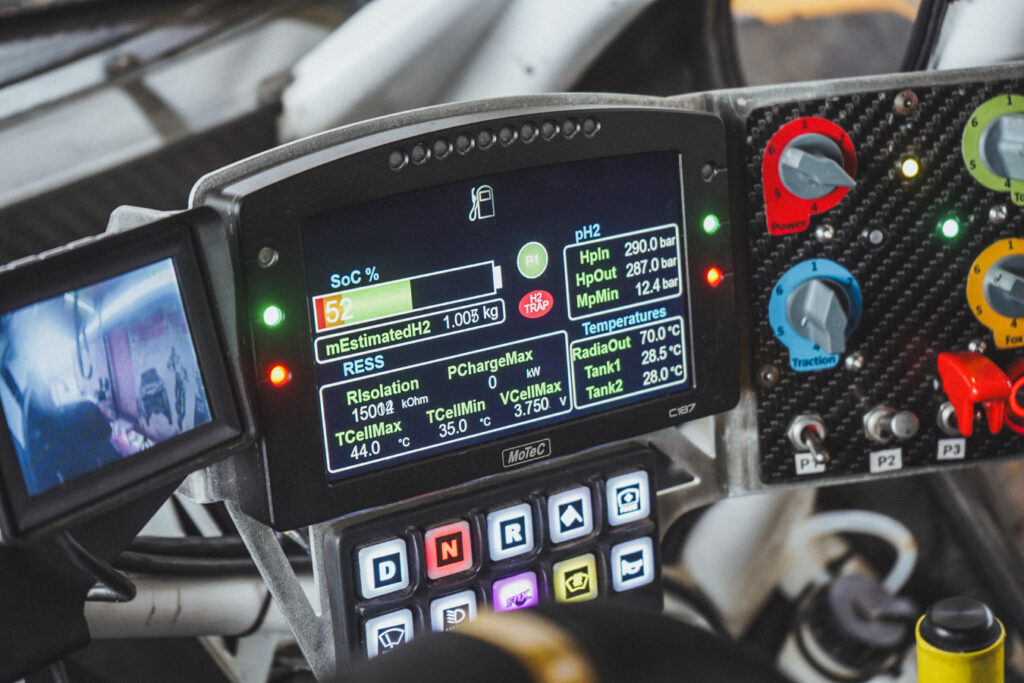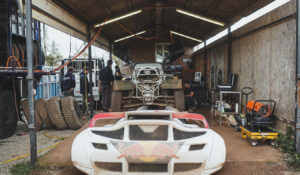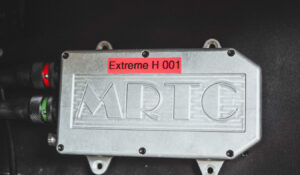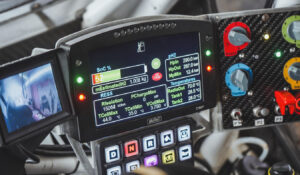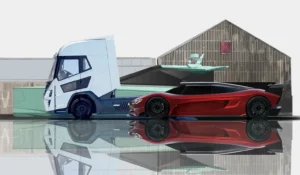EXCLUSIVE: Extreme H behind the scenes of hydrogen Pioneer 25 testing

Ever wondered what goes on behind the scenes at a motorsport test day?
Last Wednesday, we headed down to the Fontjoncouse test track in the sunny south of France with Extreme H for the final track test of their hydrogen-powered Pioneer 25.
The energy at the rugged, sandy, and rocky test track was electric (or should we say, hydrogen-powered?) as teams from Spark Racing (who build the cars), Symbio (who make the fuel-cell), and engineers from Extreme H fine-tuned the race car for the world’s first hydrogen racing championship, set to debut in 2025.
As I turned down the dusty track off the main road, a modest mobile-home office and an open-sided pit came into view.
Beside it, an enormous old Mercedes Dakar 6-wheeled support truck stood, full of tools, and tyres, ready for anything the test would throw at them.
As I got closer, I could see some 90-odd hydrogen tanks supplied by Air Liquide were attached to a 700 bar delivery trailer, plenty enough to fuel three intense days of testing.
Engineers, mechanics, and drivers circled the car, all discussing, mending, adjusting, and refining it for the next run.
No more than 45 minutes would pass before a new driver would head out onto the gruelling track to push the latest tweaks to their limit, then return to the pits to debrief.
Minor tweaks here and there, then back out again for another run, and another run, and another run.
This September, the Pioneer 25 became the first hydrogen racer to pass the extensive and rigorous crash tests set by the FIA.
After a testing program that’s equivalent to three full seasons of racing (that’s around 2,000 hours), this week’s trial in southern France was a crucial moment.
Drivers including Britain’s own Catie Munnings, world champions Timmy and Kevin Hansen and rallycross’ Niclas Grönholm were behind the wheel, pushing the car to its limits to gather the final pieces of data needed.
From where we were standing, it was clear that this was more than just about getting a car race-ready.
Extreme H is proving that hydrogen can be a sustainable alternative to fossil fuels, even in the most demanding environments.
The Pioneer 25 is built to perform on every terrain – whether it’s tearing across the desert or navigating through rugged mountain passes.
I spoke to Pierre Prunin, Motorsport Director of Spark Racing Technology, about the suitability of fuel-cells within tough environments.
He said: “Two years ago I was quite pessimistic, honestly, on the behaviour of such a technology in such a car, and in the end we see that it is much more robust than I was expecting and it is working very well.
“You have to imagine the car, and the fuel cell itself, is sustaining 10G of acceleration on a regular basis, and it is very good news that it is handling all the shocks and vibration levels very well.
“The same goes with dust and mud. It is, in many ways, over delivering compared to what I was expecting. Maybe I was too pessimistic, I don’t know.”


